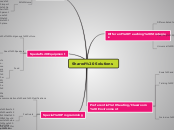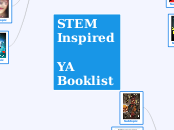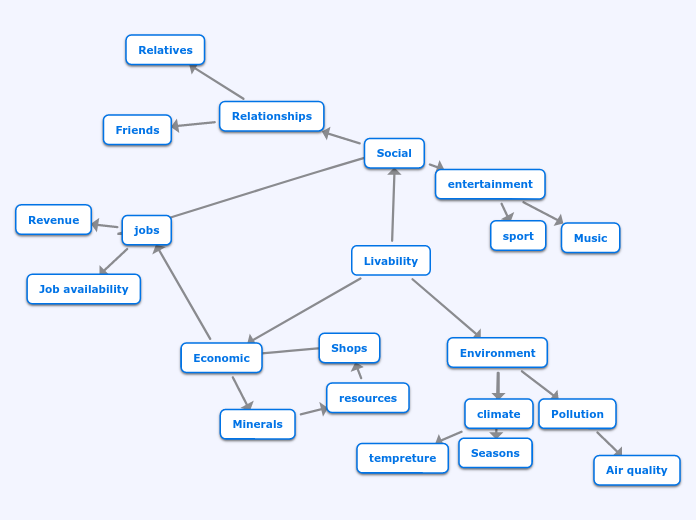作者:Emily Hearns 6 年以前
130
Shared Solutions
Creating a supportive classroom environment is crucial for fostering trust and inclusivity, particularly for Indigenous students who may be dealing with intergenerational trauma from historical educational practices.









